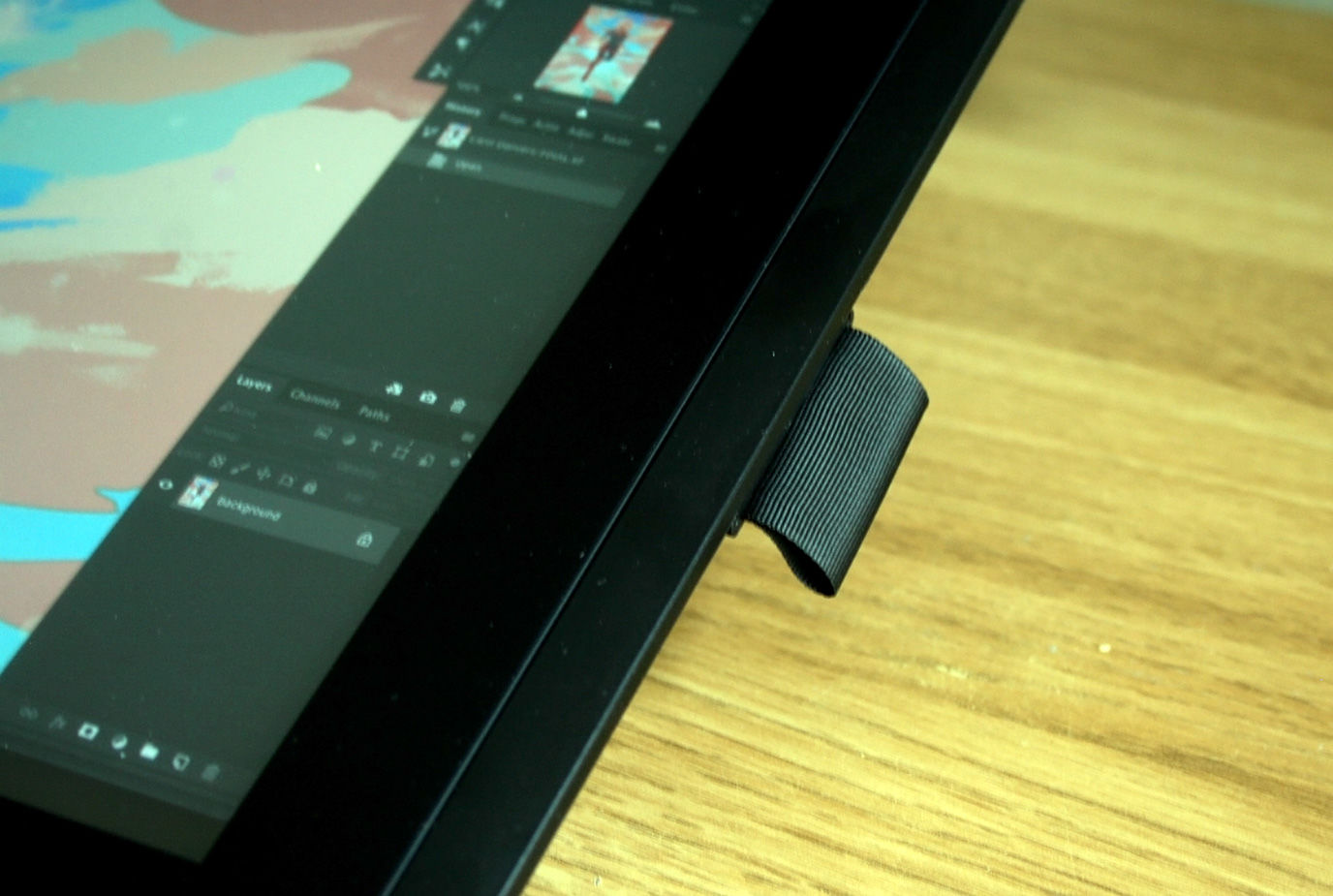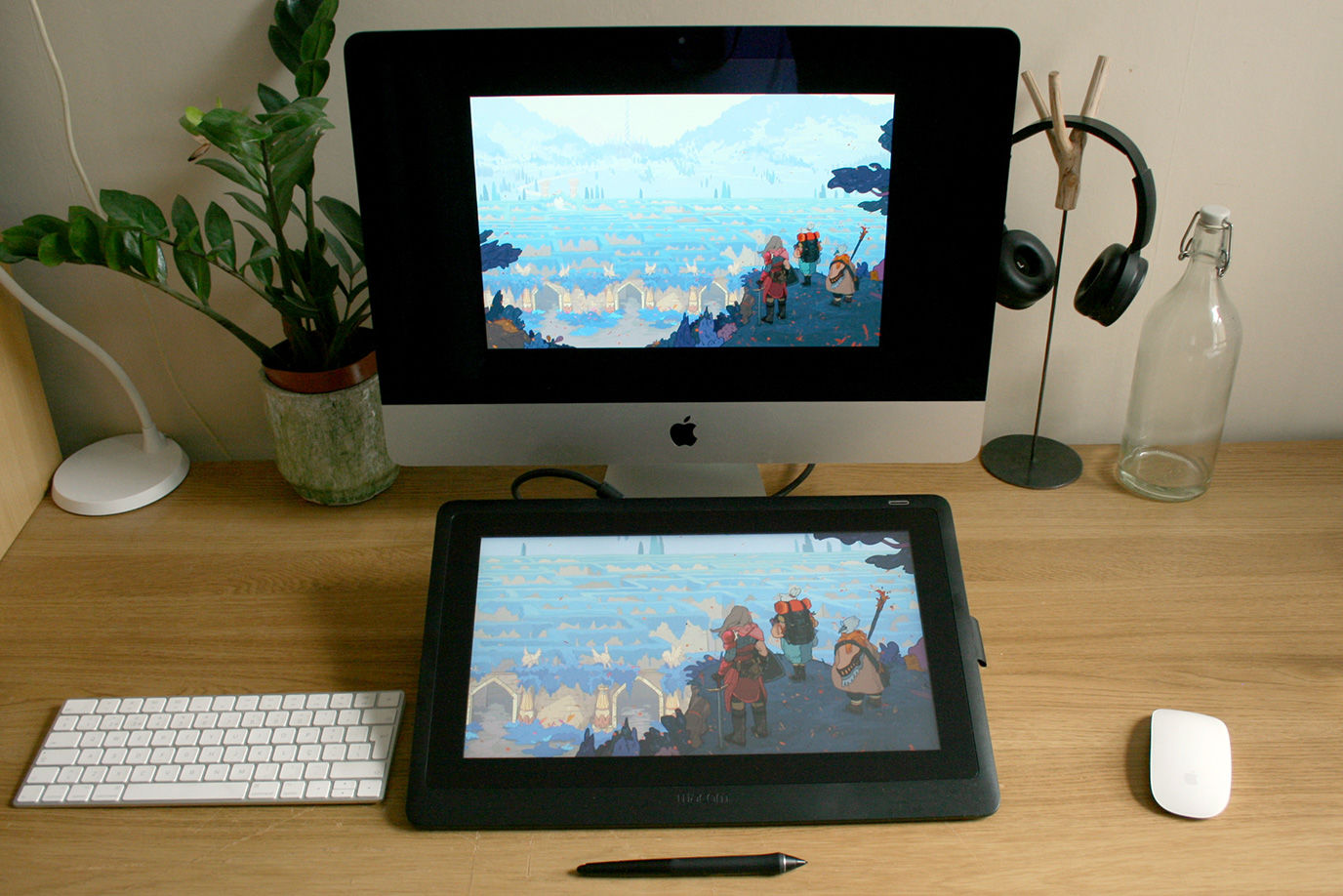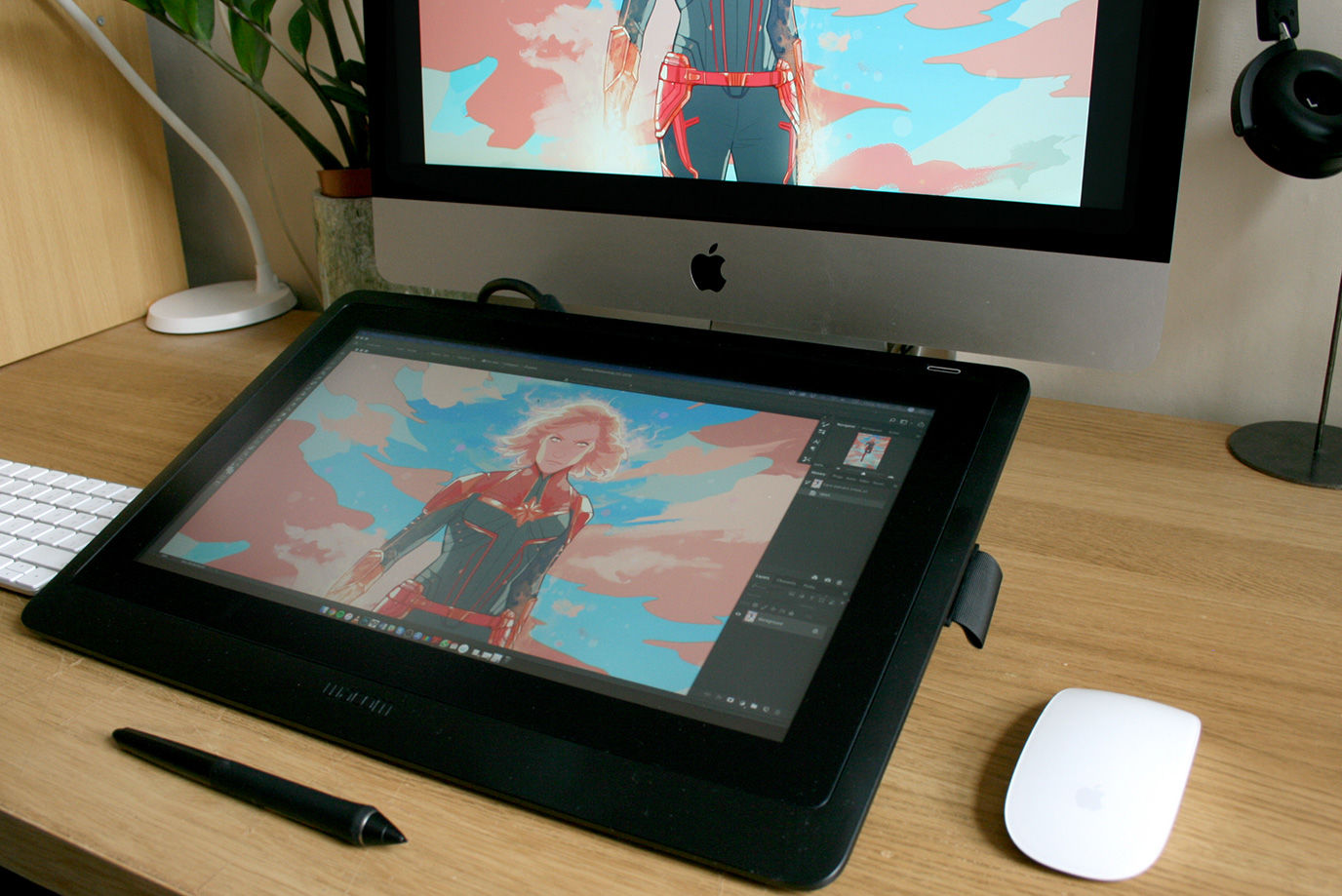How does the low-cost Cintiq measure up against Wacom’s more expensive tablet displays – and cheaper Chinese rivals? Illustrator Ricardo Bessa finds out.
The new Wacom Cintiq – just Cintiq – marks the tablet manufacturer’s response to cheaper rivals.
Wacom is often considered the gold standard for graphics tablets by professional artists and designers. However, the high prices of its products and a growing number of rival brands – including XP-Pen, Ugee, Huion and Gaomon – have put a question mark on the long-held notion that it’s an essential investment.
So as a long-time Wacom user, I was curious to try this new model, meant to introduce a budget option to their Cintiq range. As big screens and high resolutions have never felt essential to me, my main point of reference is my Wacom Cintiq 13HD, which I use daily. I’ve also recently reviewed the Gaomon PD1560, a pen display of similar size and function (but at a lower price).
Wacom Cintiq wants to make a good impression from the moment the box is opened. Everything is minimal and sleek, and the well-thought-out packaging gives way to the solid design Wacom is known for, and the 16-inch screen is fairly impressive for a budget model.
Setup was quick and easy on my iMac – I just downloaded the driver, plugged everything in and I was ready to go. A few thoughtful design choices were immediately apparent. I noticed that the cable plugs into a protective compartment at the front of the tablet, well away from any hand movements – an improvement on other past models. I also liked the way the extra nibs are included in a small insert on the side, which also doubles as a pen holder (below), as they can be easily lost in a busy studio.

A great drawing tool
Overall, the design of this budget Cintiq feels as solid and intuitive. In fact, I only realised hours into my drawing that I had actually forgotten to calibrate my stylus on the Wacom Centre settings, which speaks to how comfortable this product feels straight out of the box. For this review, I used both Photoshop and in Clip Studio Paint, and the Cintiq felt right at home on both.
The Pro Pen 2 stylus is well designed and comfortable, which is unsurprising as it’s the same stylus offered with the Cintiq Pro range. At 8,192 levels of pressure sensitivity, every stroke feels fairly precise and responsive, with no visible lag.
Parallax wasn’t really noticeable, and the surface feels nice to draw on – the nib would occasionally feel only ever so slightly too sharp on the screen, but this is likely because it’s new. I was pleased to see that the screen seems to be scratch-resistant and remained impeccable even after a few days of use. This is a definite improvement on older Cintiqs like mine, which started showing signs of use after just a couple of hours of drawing and required a screen protector.
The colours on the screen are rich but, as expected, a little tricky to adjust with a computer monitor. The colour range on the Cintiq, while competent, is somewhat limited, and it’s essential to keep this in mind if you produce colour-rich work – even more so if it’s for print. I’ve grown accustomed to having a second window on my computer monitor to check my colours as I work, and I’d imagine the same would be necessary for this model.

At what cost?
While the drawing experience feels really smooth and solid, Wacom has made a few sacrifices to get the Cintiq to this price point.
You may find the lack of built-in shortcut buttons very noticeable – I certainly did and found myself constantly reaching for the side of the tablet out of habit. I’ve come to rely on them considerably for things such as undo, zoom and display toggle. These things are still relatively easily achievable, but it requires interrupting your workflow to use the stylus’s side button and picking something off the Express Menu, as opposed to simply using your other hand to press a button.
Wacom does offer an Express Key Remote that you can buy separately, but the £99 price tag is likely to make creatives on a budget simply stick to keyboard shortcuts.
Similarly, this model offers no adjustable stand – the only two options are flat on the desk, or a 19-degree angle courtesy of the flip-out legs. Once again, you can buy a separate accessory – the Wacom Adjustable Stand at about £70. While the absence of these features feels like a downgrade to me, the fact remains that the product offered here is still of great quality for a much lower price.
When compared to the Gaomon PD1560, which I’ve been reviewing at the same time – the Wacom Cintiq feels like a higher grade of product. While the accessories have to be bought separately – they’re in the box with the PD1560 – the Cintiq feels considerably better designed and more comfortable to use.

Verdict
Overall, this feels like a really solid Wacom product. Drawing feels really satisfying and organic, and the hardware feels solid and well-built. A few – arguably optional – features were removed to justify the price drop, but none of it is enough to detract attention from what feels like a high-quality product at a fraction of the cost of the Pro line. In fact, I think it’s fair to say that this new model is of comparable quality to the more expensive HD range.
At £529.99, this “low cost” option is still more expensive than other brands’ and might feel too pricey to some hobbyists and students. But it’s hard to argue that the quality is there and the Wacom Cintiq may well suit enthusiasts and professionals alike. If you’re looking for a smooth, intuitive start in the world of digital drawing, this may very well be the product you’re looking for.
https://www.digitalartsonline.co.uk/reviews/creative-hardware/wacom-cintiq-review/

